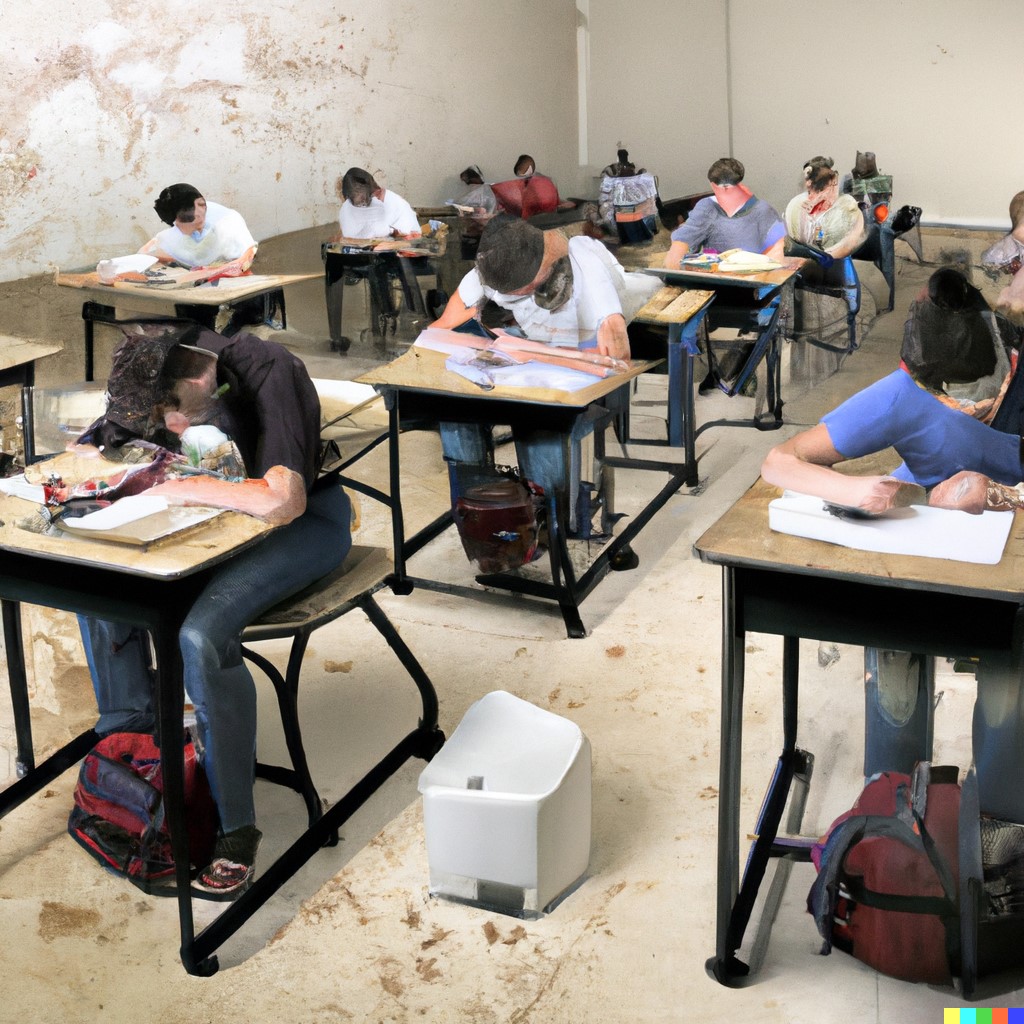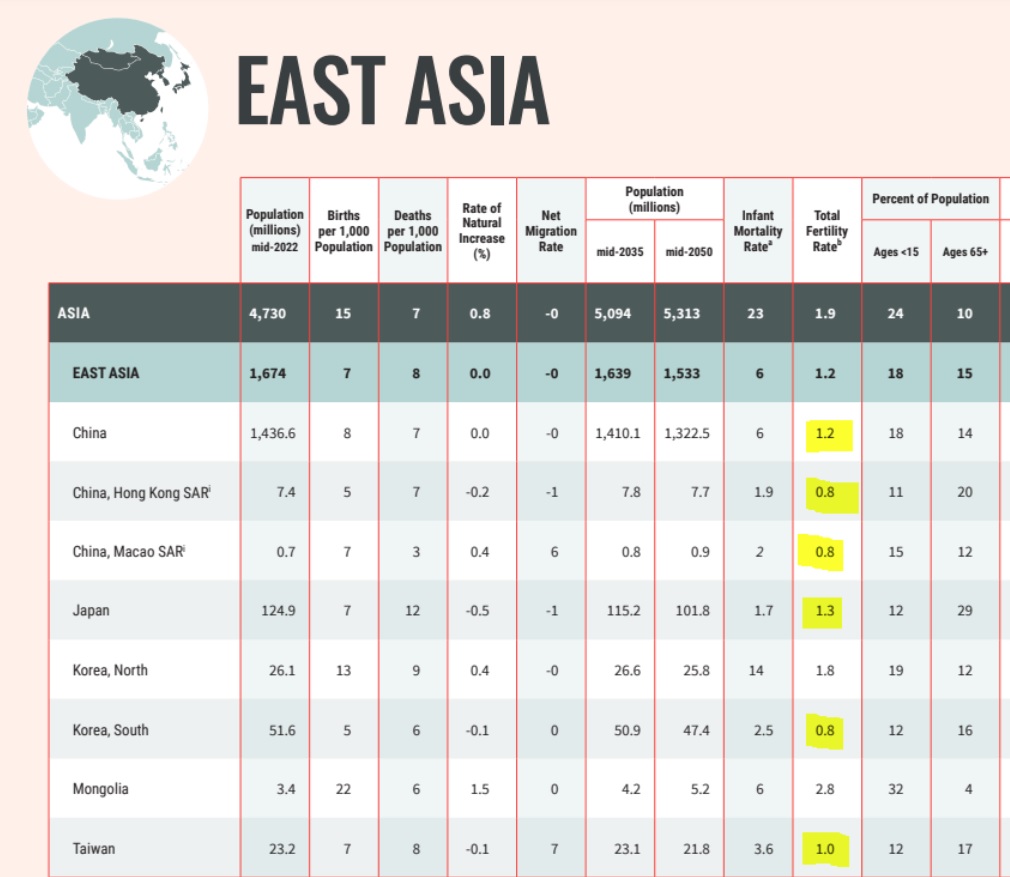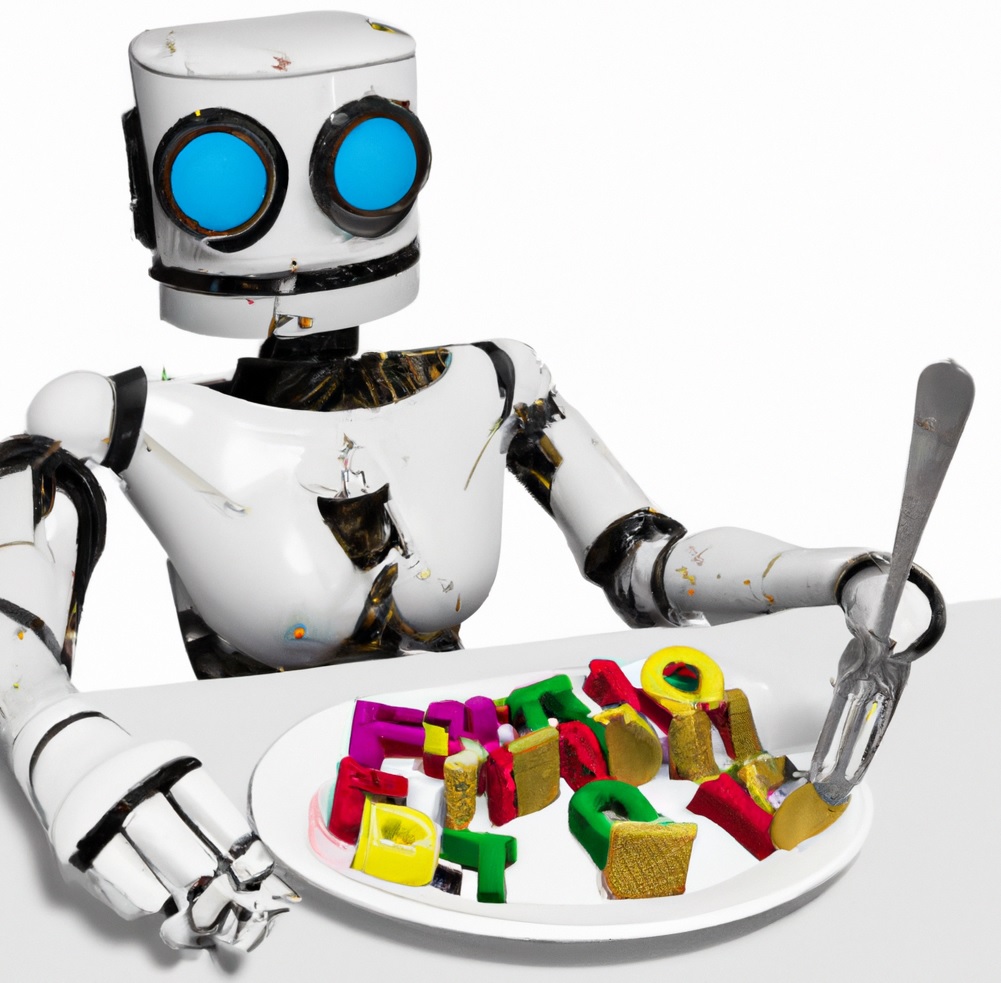Only just a few years ago we were told it’s good for your heart to have a glass of wine. Now we’re told even a drop of alcohol is harmful to your brain. When we were a child we remember the saying you are what you eat. Back then we were told not to eat fats. Now we’re told to eat fat, or at least certain kinds, and to avoid carbohydrates but fiber was good for you.
When we were very young, Freud was all the rage—his theories were taught in class and permeated pop culture as a way of explaining all that ailed us mentally. Then it was various synapses and chemicals in the brain that were determined to be the cause of depression and other mental maladies. Today we are told that our microbiome might be the reason for people’s depression and that the food you eat affects your microbiome and so thus your mind. Wait—maybe it is true you are what you eat. And yet we still don’t know what to eat. The microbiome study reports that fiber, a type of carbohydrate, can screw up your microbiome in a way that might cause depression. It’s all enough to cause someone to drink a glass of wine.
In fact, it reminds us of the comedy album, Everything You Know is Wrong by the Firesign Theater. We were never a fan of the album but the title, it’s perfect. We all go through life confident in our opinions, our command of the facts. And yet many truths, though not all, are ever changing, as we learn more about this wacky universe of ours. And so we humbly present a reminder of Japan’s shrinking population, further evidence of the dangers of indoor air pollution and China’s venture into large language models–all with the knowledge that we will someday have to revise our thinking on every one of these stories. It’s this week’s International Need to Know, the mind of international information, the microbiome of international data.
Without further ado, here’s what you need to know.
Netherlands Confirms Indoor Air Pollution is Bad
In recent years evidence continues to pile up on the dangers of indoor air pollution like dishes in the sink of a 19-year-old’s apartment. The latest is a study of schools in the Netherlands who monitored the air quality in 216 classrooms and linked this data to standardized tests of 5,000 children. They essentially measured CO2 in classrooms as a way of assessing the air filtration in the rooms. Remember we all breathe out CO2 (some of us more hot air than others) and how long it stays in the room is determined by the quality of the air filters bringing in outside air. What did the researchers find? “The results indicate that high concentrations of CO2 in the classroom during the school term lead to significantly lower performance of students in the tests.” One of our big gripes about Covid responses here in the U.S. and in most countries in the world is that we are not addressing the issue of air filtration in buildings. Indoor air pollution is bad for you with measurable results. So too are airborne viruses. The return on investment for upgrading our schools’ (and other buildings’) ventilation systems would be in the trillions of dollars.
Japan’s Shrinking Population
China’s shrinking population captured the headlines two weeks ago but we shouldn’t forget about Japan’s aging demographic challenges, as The Canberra Times reminds us. Although Japan now has the highest fertility rate in East Asia at 1.37 (see chart below), that’s still well below replacement level. Meanwhile, Japan’s population decreased by 538,000 people last year bringing its total population to just under 125 million people, down from the peak in 2018 of 128 million. Japanese Prime Minister Fumio Kishida is instituting a variety of policies to increase Japan’s fertility rate but so far no country has found a silver bullet to increase fertility rates. Japan has increased immigration in recent years for lower wage workers but will likely to need to increase immigration at all job skill levels to survive in the future. As we’ve stated before, the world is on the cusp of a great competition for immigrants. The future is not wedded to current trends but at the moment a much smaller Japan, with all the consequences that come with that, will shape the future of Asia and the world.
China Corner: China’s AI Disadvantage
One area of the Competition of Competence between the U.S. and China is artificial intelligence. It’s tough to know who is currently in the lead. But in recent months, U.S. firms have been receiving attention and glory for progress such as Chat GPT3, which creates text, and Dall.E, which creates images (if a picture is worth a thousand words does that mean valuations for Dall.E will be a thousand times Chat GPT3?) But, it was only a matter of time until the big boys of China made a splash. Baidu, China’s search engine giant, announced its using large language models to essentially create a Chinese GPT that will launch in March. Baidu has been spending lots of money on AI research for years and some analysts believe China has an advantage because of all the data it sucks up and data is the meat and potatoes of machine learning. But Tyler Cowen recently pointed out that China may have a disadvantage as well. China, remember, heavily censors information. He asks which texts Baidu’s models will be trained on.
Let’s say you can keep out any talk of T. Square. What about broader Chinese history? Do you allow English-language sources? Japanese-language accounts of the war with Japan? Do you allow economics blogs in English?… Just how good is the Chinese-language, censorship-passed body of training data? Does China end up with a much worse set of LLMs?
These are excellent questions for the Competition of Competence. We’re likely to know some of the answers soon. To circle all the way back to the beginning of this week’s INTN, you are what you eat, in this case text.




